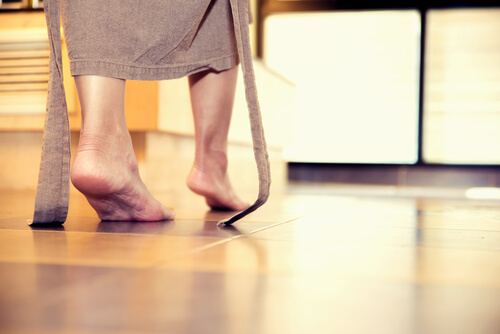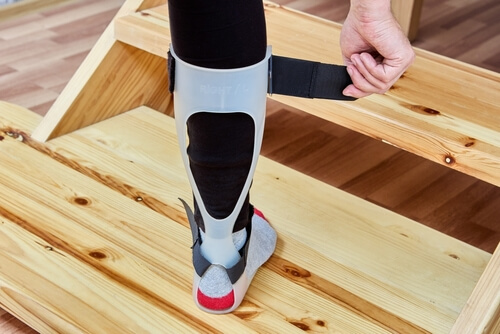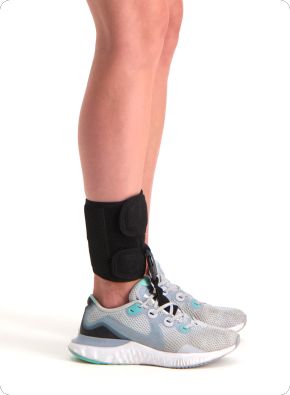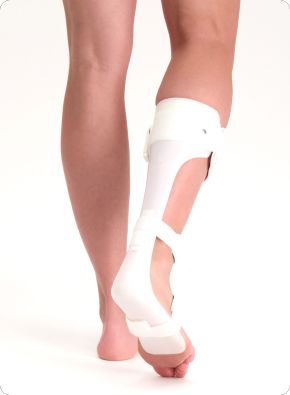Everything you want to know about foot drop
If you have a foot drop, it is important to get it treated as soon as possible. But what causes foot drop? And what treatment options are there? We're happy to tell you more about it. Read on quickly below.
What is foot drop?
Foot drop is a condition in which the foot cannot be lifted properly. This is because the muscles that lift the foot are weakened or paralysed. The foot then hangs limply down and cannot be unwound properly when walking. This can lead to pain, fatigue and an awkward walking pattern. Another word for drop foot is foot lever paresis or club foot.
Causes of foot drop
There are several causes of foot drop. The most common cause is damage to the nerve that controls the lifting muscles. This can happen due to an accident, illness or surgery. Foot drop can also be caused by a congenital defect. Bedridden people, people that spend long periods squatting while working, for example, painting or sitting with their legs crossed for too long are at increased risk of developing foot drop.

What symptoms occur?
There are several symptoms that can occur when you have foot drop. We list the most common symptoms for you below.
- The foot cannot be lifted properly. This is because the muscles that lift the foot are weakened or paralysed. The foot then hangs limply down and cannot be unwound properly when walking.
- The foot 'claps' to the ground while walking. This is because the foot cannot be caught properly.
- You will trip and fall more often. This is because the foot cannot be placed properly on the ground.
Besides these symptoms, other symptoms may also occur. For instance, there may be pain in the foot, lower leg or hip because the muscles and joints are overloaded. A numb or tingling sensation in the foot may also occur because the nerves in the foot are affected.
How is foot drop diagnosed?
Foot drop is diagnosed by a doctor in the hospital. The doctor will listen to your symptoms and examine you physically. The doctor will also look at your gait pattern. In some cases, further examination is needed through a neurological examination to determine where the entrapment is. This is done through an EMG, a nerve conduction study. Sometimes further examination and a scan of the knee is done when there is a suspicion of joint or bone abnormality. If the doctor suspects a nerve root is trapped, he or she may schedule an MRI scan.
Treatment of foot drop
There are several ways to treat a foot drop. There is so-called conservative treatment and surgical treatment. We will explain the difference to you.
Conservative treatment
This treatment is the most common. Here are some points you can follow.
- Avoid pressure on the nerve causing drop foot. You can do this by finding out what posture or habit is causing the pinched nerve and avoiding it.
- Wear shoes with flat heels and above the ankles. This helps prevent sagging, which can increase pressure on the nerve.
- If the drop foot hinders you greatly, physiotherapy with muscle strength training can help. The physiotherapist will put together exercises for you that will strengthen the muscles in your foot and lower leg.
- A drop foot brace can also provide relief. This brace supports the foot and helps the muscles.

Surgical treatment
When you undergo surgery for drop foot, the tendons and muscles in the lower leg that are not paralysed are rerouted to the tendons and muscles that have failed. After surgery, you will have to wear a plaster cast for six weeks. This is followed by a course of physiotherapy.
More information?
We can imagine that you may still have some questions after reading this article. Do not hesitate to contact our customer service team. They are ready to answer all your questions or comments and get you back on track.














